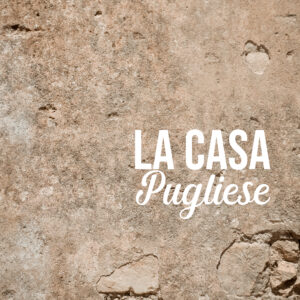Scamorza
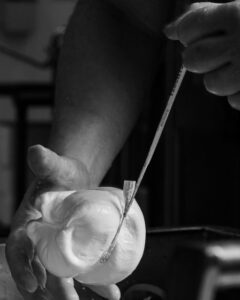
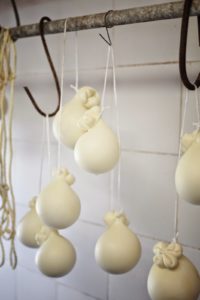
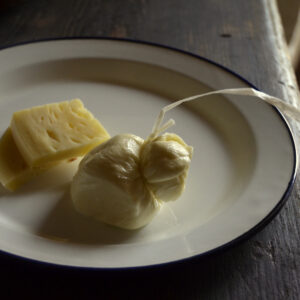
Scamorza is an apulian pasta filata cheese made with cow's milk. The cheese is shaped into two connected balls, one smaller than the other. Its texture is semi-soft, firm, and chewy, while the flavors are milky and smoky. These two balls of cheese are strung to ripen for 2 weeks, and the process gives the cheese its name, meaning beheaded.
Scamorza can also be smoked, and it is then called scamorza affumicata. Often compared to mozzarella, Scamorza has a flavor that is more creamy and sweet than that of mozzarella, and it is also much drier. It is recommended to bake it as it melts well, or it can be used on top of pizza or lasagne.
Giuncata
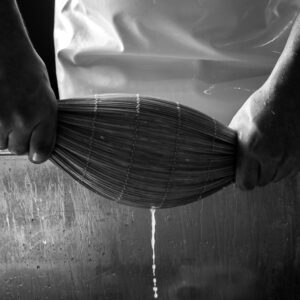
Giuncata is a traditional Italian cheese originating from Puglia, and it’s one of the oldest Apulian cheeses. The cheese is named after the reed (giunco) basket in which it was placed after it’s been made in order to get its cylindrical shape.
This cheese is made from different types of milk – goat’s, sheep’s, and cow’s, along with lamb or calf rennet. Giuncata is fresh, unsalted, and rindless. The texture is soft and supple, the aroma is fresh and milky, while the flavor is slightly sweet and delicate.
Canestrato Pugliese
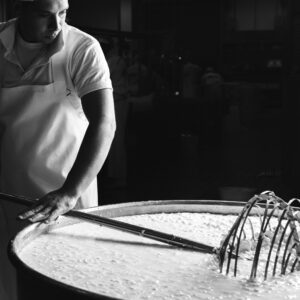
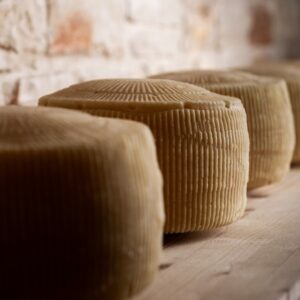
Traditionally produced in the provinces of Foggia and Bari, Canestrato Pugliese is a hard cheese made from sheep's milk. It is one of the most prized products of the Apulia region, masterfully crafted from December to May, at altitudes varying between 250 to 700 meters, where the Mediterranean climate creates optimal sheep farming conditions.
Canestrato is aged in reed baskets typical for the Apulian area, and while matured Canestrato has quite a strong piquant flavor and is more suitable for grating, the younger versions are much more delicate and should be paired with fava beans, pears, or crudités, and accompanied by rosé or dry white wines.
Burrata di Andria
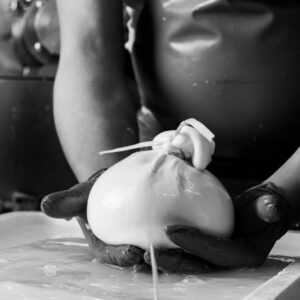
Made from cow's milk, in particular, mozzarella and cream, Burrata di Andria is popularly known as 'the queen of cheeses'. It originates from Apulia, namely the town of Andria, and although Burrata has been produced only since 1950s, it has already become an Italian classic, despite its relatively short history.
The outer shell of this fresh cheese is solid mozzarella, while the inside contains both mozzarella and cream, giving this masterfully created delicacy an unusual, soft texture. Burrata has a delicate yet rich flavor of fresh milk and it is most often served seasoned with just salt, pepper and drizzled with extra virgin olive oil but it also pairs beautifully with bruschettas topped with prosciutto, figs, tomatoes and various fresh vegetables.
Caciocavallo Podolico
The name “podolico” refers to the fact that this cheese is entirely made from the milk of the valuable bovine species called “podolica”, with its characteristic grey colour and large horns.
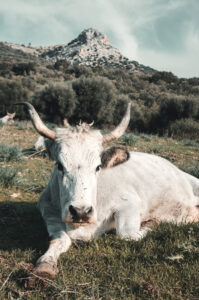
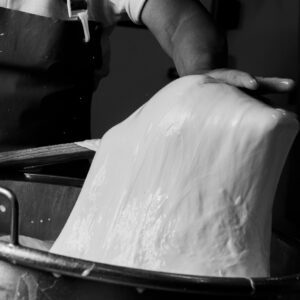
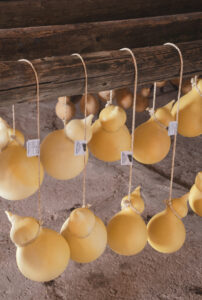
It looks like a chubby amphora topped by a lump. The name (which translates as horse cheese) derives from the fact that these cheeses are hung up to age in pairs, rope-bound and slung over a wooden board or beam.
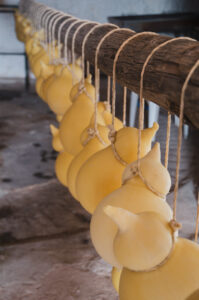
A symbol of the Apuliancheese-making tradition, caciocavallo podolico cheese belongs to the family of stretched-curd cheeses typical of the southern regions, such as mozzarellaand scamorza. The cows are only milked once a day and production has to be completed within 24 hours. To produce caciocavallo cheese, the milk is curdled and the resulting curd is broken up into grains the size of rice. The curd ages in the whey and is left to drain on a tilted board before being cut into slices.
Then the manual expertise of the cheese maker and boiling water combine to shape the cheese into the form of a chubby bottle with a knob on top. Only expert hands manage to achieve the perfect shape and close the top. Then the caciocavallo cheese is immersed first in cold water and then in brine before going on to the maturing phase. It is produced all through the year but particularly from March to May.

